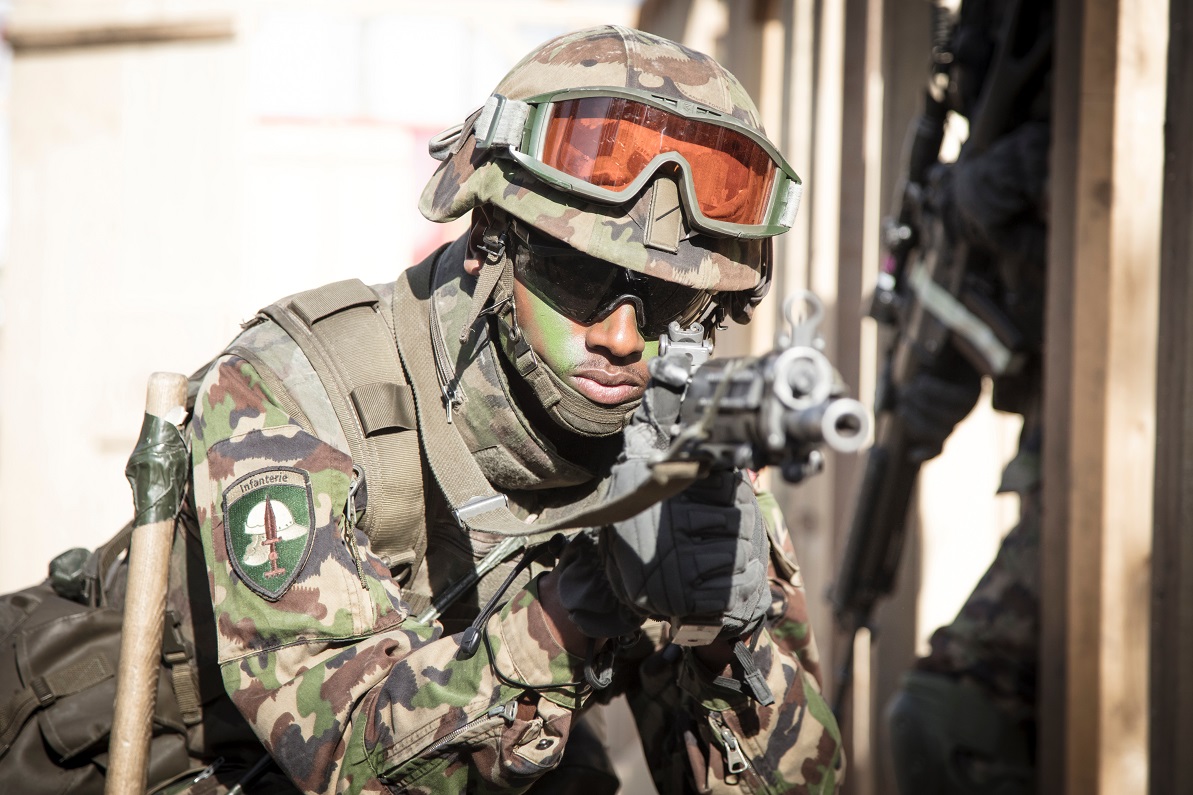Level III Armor is an important part of personal protection for military and law enforcement personnel. The National Institute of Justice (NIJ) sets the standards for level III armor, so it’s important to understand what makes this type of protective gear meet those requirements. Here’s a short overview of what you need to know about level III armor and the NIJ 0101.06 standards it must meet.
What Is Level III Armor?
Level III armor is designed to protect against high-velocity rifle rounds, such as the 7.62x51mm NATO round or the .30-06 Springfield round. It’s made from either ceramic composite materials or special polyethylene fabrics, which are then backed by steel plates or other ballistic materials like aramid fibers. This type of armor is usually heavier than level IIA and IIIA body armor because it requires more material to stop high-velocity bullets.
What Are the NIJ 0101.06 Standards?
The National Institute of Justice (NIJ) sets the standards for body armor that law enforcement and military personnel use in the United States, including level III armor. These standards ensure that body armor meets certain performance criteria in terms of its ability to protect wearers from ballistic threats while also providing a reasonable degree of comfort and mobility. The most recent version of these standards, known as NIJ Standard 0101.06, was released in July 2008 and requires all manufacturers to test their products using specific methods and equipment before they can be certified as meeting these requirements.
For a product to be certified according to NIJ Standard 0101.06, it must pass several tests that measure its ability to withstand various types of ballistic threats, including .30-06 Springfield full metal jacketed rounds at velocities up to 2,880 feet per second (fps). It must also be tested for “back face deformation”—the amount that the back side of the material used in the body armor moves when struck by a bullet—and “multi-hit capability”—its ability to stop multiple rounds fired at different angles without being penetrated through more than one layer of material. Finally, any product that claims to meet these standards must be tested by an independent laboratory approved by the NIJ before it is certified as meeting them.
Level III armor is essential for protecting military and law enforcement personnel from high-velocity rifle rounds like 7.62x51mm NATO or .30-06 Springfield rounds. To make sure these products provide adequate protection while still offering reasonable mobility and comfort levels, they must meet certain performance criteria set out in NIJ Standard 0101 06 before they can be certified by an independent laboratory approved by the NIJ as compliant with these requirements. By understanding what goes into making sure your level III protective gear meets these standards, you can rest assured knowing that you have selected body armor that will provide you with superior protection against ballistic threats while still allowing you freedom of movement during active duty situations. If you’re looking for quality level III body armor or any other type of protective gear that meets these standards, RTS Tactical is the best choice to assist with all your tactical needs.
For more articles, please click here.



